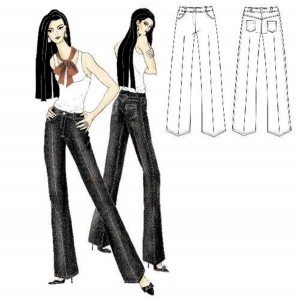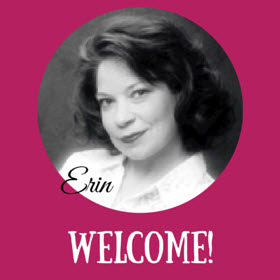 The best sewing machines for denim have a few things in common. Knowing what those are in advance will help you zero in on the ideal choices for your type of projects.
The best sewing machines for denim have a few things in common. Knowing what those are in advance will help you zero in on the ideal choices for your type of projects.
One benefit of having your own sewing machine is being able to hem your own jeans but people do a lot more with this material. It can be used for heavy duty work coveralls or for cool, chic handbags. The type of sewing you intend to do with will help you find the right machine.
Most home sewing machines can handle hemming a pair of jeans or even making clothes out of heavy material as long as the right needle and the right thread are used. If you’re doing more than that you may need a more powerful machine.
Some do a better job than others so keep these things in mind:
The more layers of denim you need to sew through, the more you should be looking at an industrial or commercial sewing machine.
Hemming or alterations on a regular pair of jeans can be done easily by everyday sewing machines but if you’re making heavy duty work overalls or you crank out tons of denim craft projects , you need to look at a solid, powerhouse tool meant to do that kind of heavy, repetitive work. Check out Singer’s inexpensive CG590 Commercial Grade Sewing Machine.
Look for machines with a leveling button on the general purpose foot that will assist the presser foot in climbing sudden changes in fabric thickness.
The leveling button is a small, black button located at the back of the presser foot. When pushed, it raises the tip of the presser foot so that it can climb over bumpy seams. You run into this when sewing around the hem of jeans and hit the multi-layer side seam. If you just need to get over the occasional hill in your fabric, this can help. The Brother PC420 PRW Project Runway sewing machine (see my write up here) is an example of a machine that comes with this feature.
Use a sewing machine with a walking foot for extra fabric control. A walking foot is a type of presser foot that has feed dogs built into the bottom and moves in rotation with the bottom feed dogs.
This top set of feed dogs applies extra pressure to move thick fabrics more smoothly under the needle. Some machines come with a walking foot (another plus for the PC420 PRW) while others may require that you purchase it separately. If you’re going to sew a lot a walking foot is a real plus.
Some Singer sewing machines sense when more power is needed to get through adjustments in the thickness of upcoming fabric and they make it happen.
Power is drawn from other parts of the machine and redistributed to the needle arm as needed. Rather than feel your machine start to bog down in changes over the thick seams in denim the machine moves more smoothly and the stitches are more consistent. The Singer Confidence 7469Q (read more here) has both this optimum power feature as well as a walking foot for great control of thick fabrics.
Don’t forget – make sure to check the manual and get the right needle at the same time or shortly after. Sewing with the wrong needle could cause unnecessary damage.

i am beginner looking for my fit ewing machine but i can’t find any models in montreal.
is it possibl they changed the name but still is the same machine?
Melany – Yes, that’s possible. Brother, for example, uses a sort of mix – some machines are called the same thing in Canada and the States while others are different. Is there a particular machine you like or is there a description of a machine you’re after? I could do some digging and see if I can find the Canadian counterpart for you.
Sincerely,
Erin
Hello,
I am a fairly new seamstress and I am very good at making garments from patterns, how much should I charge to make a dress from a pattern?
Thanks
Tee
I just discovered your website today. Thank you so much for sharing this helpful information. I am in the process of sewing some handbags out of canvas fabric so this post really helped me.
I appreciate this entry as I am attempting to find a sewing machine that can sew upholstery. I am having a tough time sifting through all the entries for a machine that will be powerful enough.i have about ten machines on my list and no way of knowing which one would work best for me. I will be sewing upholstery, jeans, children’s clothing and random craft projects. So, heavy duty machines that come with too few stitches won’t work in my case. I need a good selection of decorative stitches. Stitch quality is very important to me as well. It seems to me that those machines that come with the most amount of stitches and presser feet won’t be powerful enough to handle my bigger projects. I wonder if I am wanting too much to want the whole package in one machine. Powerful, smooth, consistent neat stitches, decorative stitches, walking foot, cording foot….etc
Erin 2 (cute, btw!) – You might be better off (and spend less money) getting two separate machines because the power you’ll need for upholstery would have to drive your decision for one that could handle both and there are few options that have the speed and power of a straight stitch machine AND the decorative stitches you want. If, however, your upholstery needs are few and far between then you might be able to get through those projects with something like one of the Janome DC machines using the largest needle it will take and then you’d have more stitch options but if sewing upholstery is going to be a more frequent need I’d look at a different machine for each task. If you’ve got some on your list you want me too look at for you let me know. Thanks!
Sincerely,
Erin